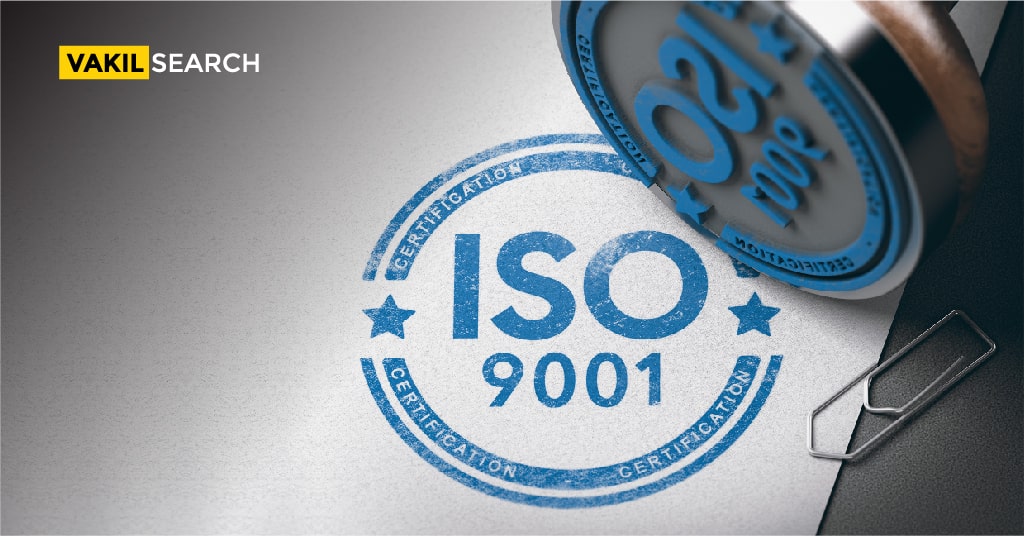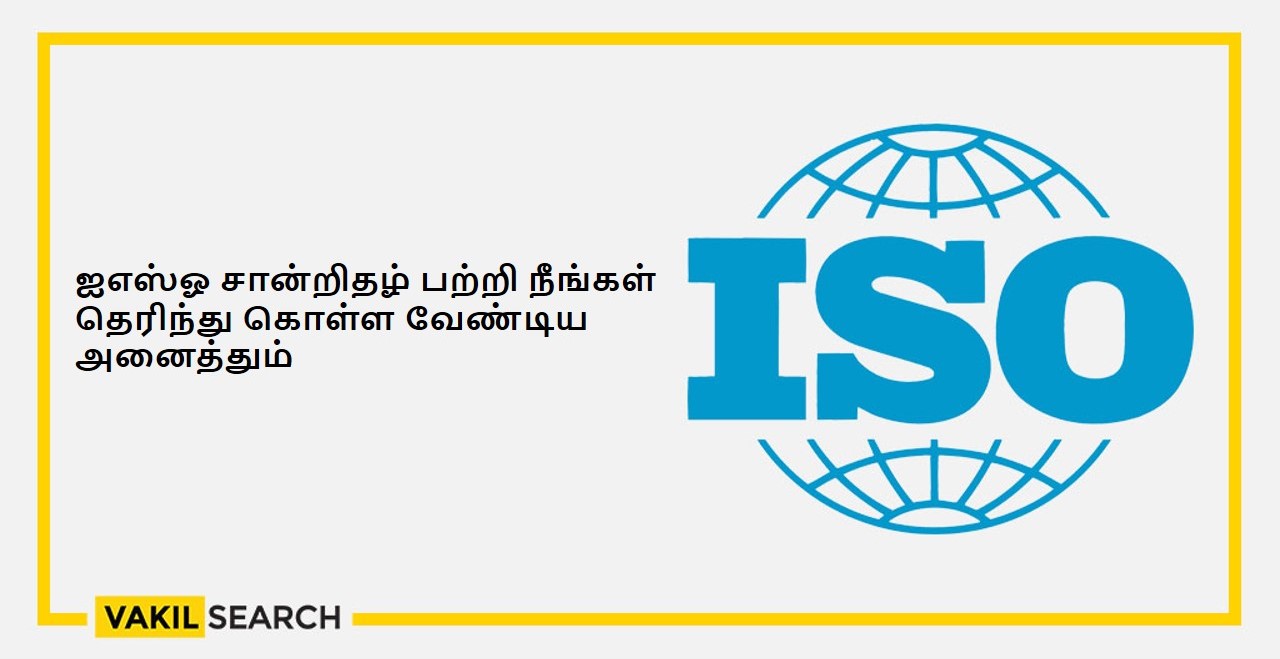Explore the world of ISO 9001 with this blog, detailing the documentation requirements. Gain insights into the essential paperwork needed for achieving and maintaining ISO 9001 certification.
Overview
Obtaining ISO 9001 certification offers numerous benefits to organizations, such as enhancing credibility, improving customer satisfaction, and increasing efficiency. The revised ISO 9000 serves as a valuable tool for organizations, irrespective of their size, by providing a framework that streamlines documentation processes and promotes consistency in quality management. Let’s see the necessary Documentation Requirements Of ISO 9001 in detail.
Here’s a look at everything you need to know regarding the documentation requirements of ISO 9001.
- Why was ISO 9000 revised?
- What is documented information under ISO 9000?
- What are the main objectives of documented information?
- What are the documentation requirements for ISO:9001?
- Benefits of ISO 9001 certification
Why were the ISO 9000 Standards Revised?
For those seeking insight into the documentation requirements of ISO 9001, understanding the reasons behind the revision of ISO 9000 is crucial. ISO 9000 was revised in order to:
- Help small, medium, and large types of organizations develop a simple set of standards.
- Standardize the amount and detail of documentation that is required.
- Help in organizing the documentation process of different organizations.
What is Documented Information under ISO 9000?
Under ISO 9000, documented information, as defined in clause 3.8, plays a crucial role in facilitating communication and serving as evidence of completed work. This documentation aids organizations in reviewing their planned activities and assessing the extent to which they have been accomplished. Additionally, documented information serves as a means for knowledge sharing within the organization.
The specific type of documentation required varies based on factors such as the organization’s nature, its products, processes, and the level of formality it adheres to. Furthermore, it is influenced by the organization’s communication practices, work culture, and the chosen media.
Examples of documented information include paper records, magnetic forms, electronic media, optical computer discs, photographs, and master samples.
What are the Main Objectives of Documented Information?
The primary objectives of documented information within an organization are as follows:
- Facilitates Information Communication, Transfer, and Sharing:
– Acts as a tool to convey information effectively within the organization.
- Provides Evidence of Work Undertaken and Completed:
– Serves as tangible proof of the tasks and activities carried out by the organization.
- Disseminates Knowledge Within the Organization:
– Functions as a channel for sharing knowledge among members of the organization.
- Used for Technical Specifications:
– Plays a crucial role in detailing technical specifications related to processes, products, or services.
- Assists in Product Design and Development:
– Contributes to the design and development phases by providing necessary information and guidelines.
What are the Documentation Requirements for ISO:9001?
For ISO 9001, the documentation requirements are outlined in various clauses of the standard, emphasizing the importance of maintaining documented information to support quality management systems (QMS). Here are the key points related to documentation requirements:
- Clause 4.4 – Quality Management System:
– QMS must maintain documented information to support daily operations and ensure that processes are executed as planned.
- Clause 7.5.1 – General:
– QMS documentation must include:
- a) Information required by the international standard.
- b) Information that the organization needs for the effectiveness of the QMS.
- Factors Influencing the Extent of Documented Information:
– The extent of documented information may vary based on:
– Organization’s size.
– Activities performed by the organization.
– Processes undertaken by the organization.
– Products and services offered by the organization.
– The complexity of processes undertaken.
– Competence of persons involved.
Documentation Requirement for QMS
- Clause 4.3 (Scope of the QMS)
- Clause 5.2 (Quality Policy)
- Clause 6.2 (Quality Objectives)
- Clause 8.4.1(Evaluation and Selection of suppliers)
Documentation Required for Communication
Documents which add extra value to the QMS and aid in communication are listed below:
- Organization charts
- Process maps/flow charts/process descriptions
- Procedures
- Work
- Test instructions
- Specifications
- Documents for internal communications
- Production schedules
- Supplier lists
- Test and inspection plans
- Quality plans
- Quality manuals
- Strategic plans
- Forms
Documentation Requirement as Evidence or Proof
| Clause | Description |
| 4.4 | Information necessary to ensure processes are carried out as planned |
| 7.1.5.1 | Evidence of fitness |
| 7.1.5.2 | Evidence for calibration and measurement |
| 7.2 | Evidence that people in the organization are competent |
| 8.2.3 | Results of reviews and specifications of products and services |
| 8.3.2 | Records demonstrating design and development requirements |
| 8.3.3 | Records regarding design and development inputs |
| 8.3.4 | Records of activities regarding design and development controls |
| 8.3.5 | Records of design and development outputs |
| 8.3.6 | Changes to design and development processes |
| 8.4.1 | Records of evaluation, monitoring, and selection of activities |
| 8.5.2 | Evidence of outputs whenever traceability is required |
| 8.5.3 | Records of property lost or damaged |
| 8.5.6 | Results regarding the review of changes for production |
| 8.6 | Records of the release of products and services |
| 8.7 | Records of nonconformities and actions taken regarding the same |
| 9.1 | Results of the evaluation of the QMS |
| 9.2.2 | Evidence related to the implementation of the audit program |
| 9.3.3 | Evidence regarding the results of reviews |
| 10.2.2 | Evidence of nonconformities and results of corrective measures taken |
Non-Mandatory Documents and Procedures
| Clause | Description |
| 4.1, 4.2 | For determining context |
| 6.1 | For addressing risks and opportunities |
| 7.1.2, 7.2, 7.3 | Competence, training, and awareness |
| 7.1.5 | For equipment maintenance |
| 7.5 | For document control |
| 8.2 | Sales procedure |
| 8.3 | For design registration and development |
| 8.5 | For production provision |
| 8.5.4 | Warehousing procedure |
| 8.7, 10.2 | For the management of non-conformities |
| 9.1.2 | Monitoring customer satisfaction |
| 9.2 | For internal audit |
| 9.3 | For management review |
Benefits of ISO 9001 certification
– Implies that your products and services meet international standards.
– Serves as proof of adherence to established protocols and discipline.
– Facilitates the improvement and review of management processes.
– Makes it easier to review operational procedures.
– Contributes to a more organized and controlled performance.
– Helps in reducing the addition of errors in processes.
– Facilitates effective communication within the organization.
– Provides a benchmark for implementing new systems.
– Aids in achieving consistency in efforts and actions.
– Enhances transparency in organizational processes.
Conclusion
ISO 9001 certification offers a range of advantages that contribute to the overall efficiency, reliability, and credibility of an organization’s operations. In case you need further assistance, do not hesitate to contact us. Our team of experts are happy to help!









